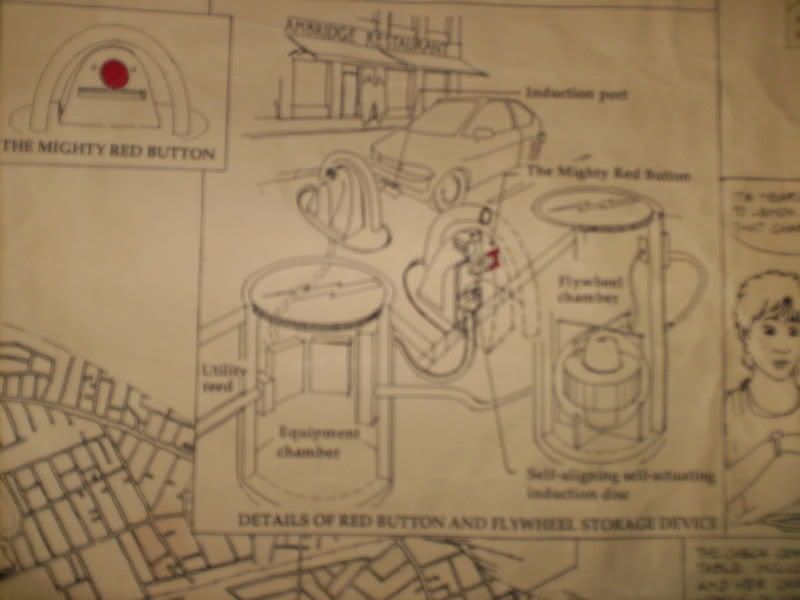The impending (2/18/22) invasion of Ukraine by Vladimir Putin’s Russia is, at least in part, an energy war. Certainly, he is using the methane Russia sells to the EU and neighboring countries as a weapon. Russia supplies a third to a half of the gas the EU burns and this is a strategic and economic fact that has to be taken into consideration by all sides. Thus, reducing Russian energy dependence (and increasing energy independence) would reduce Putin’s leverage and could also reduce greenhouse gases, increase energy efficiency, save money on the costs of fuel while benefitting local, national economies as well. If done wisely.
If the worst case scenario plays out and EU and neighboring countries lose up to half their gas supply, we should remember that, for example, USAmerica produced about 92.9 quadrillion btu’s in 2020 (and has been bouncing between 90-100 quads since the year 2000) but about two thirds of that energy, about 62.3 quads, is “rejected energy,” does no useful work, it lost in transmission, distribution, friction, and systems inefficiencies. That’s quite a lot of slack, even with Carnot efficiencies.
Source: https://flowcharts.llnl.gov/content/assets/images/energy/us/Energy_US_2020.png
There is also at least one example of a country which lost half of its energy supply almost overnight, a few decades ago, Cuba after the fall of the Soviet Empire. Their situation was made worse because they also lost 85% of their foreign trade economy and about one third of their GDP in one year, all at the same time. The people of Cuba had to endure near starvation conditions before transforming their energy situation with a robust local and urban agriculture movement and much more bicycle and public transport. Despite the differences in energy use, supply, and circumstances, there are still some lessons we can learn from what they did then and continue to do now.
How Cuba Survived Peak Oil
2007 diary: http://www.dailykos.com/storyonly/2007/2/11/204215/961
Film: https://www.communitysolution.org/mediaandeducation/films/powerofcommunity/
The EU and neighboring countries could go further. In the face of another imminent war, the constant threat of oil-funded terrorism, and increasingly expensive natural disasters and emergencies, a solar insurgency (http://solarray.blogspot.com/2007/11/solar-insurgency.html) could upgrade energy and resource systems to reduce waste and improve efficiency while increasing resiliency and preparedness for the next heatwave, flood, fire, hurricane.... A Civilian Conservation Corps doing deep energy retrofits and training people for two of the fastest growing jobs these days, wind technician and solar installer could help us live up to our climate commitments as well as eliminate the cost of fuel (http://solarray.blogspot.com/2019/07/how-do-you-pay-for-green-new-deal-cost.html).
Cutting Putin off at the wallet is powerful and, incidentally, I wouldn’t be surprised to find out he is playing the oil and gas spot and futures markets, making $$$$ hand over fist.
